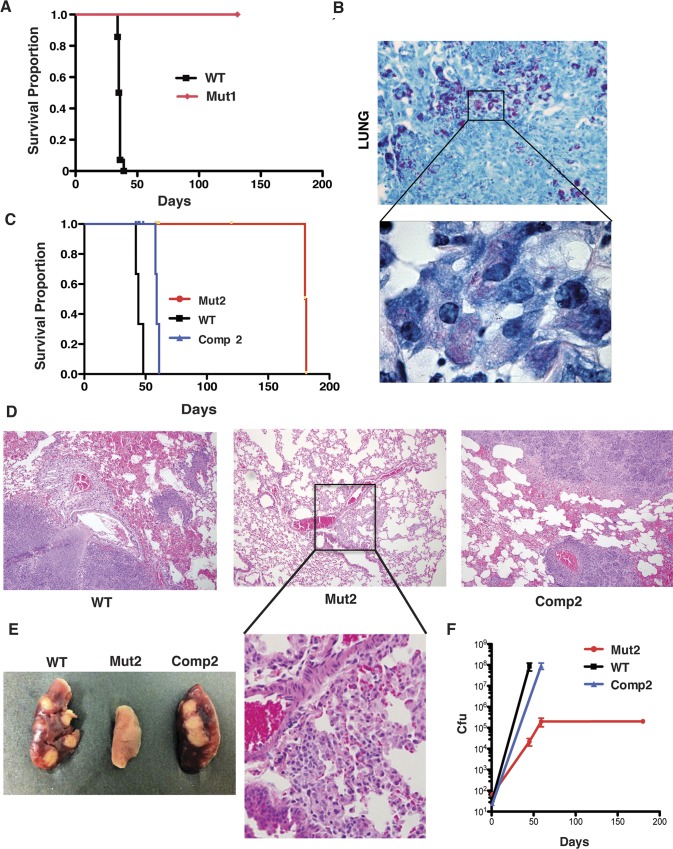Fig 5. Attenuation of the Mtb LprG-Rv1410 mutant in mice persists in the absence of adaptive immunity and is associated with slow growth.
(A) Survival of 28 rag -/- mice infected with either Mut1 (red, n = 14) or WT (black, n = 14) and followed for 5 months. (B) Representative lung section from a Mut1-infected mouse at end of study (Day 150) with numerous acid-fast mycobacteria, 400x magnification; (inset) multibacillary growth of Mut1 in lung macrophages, 1000x oil magnification. Ziehl-Neelsen acid-fast with methylene blue counterstain. (C) Survival of 21 SCID mice infected via aerosol with 50–100 cfu of WT (black, n = 5), Mut2 (red, n = 11), or Comp2 (blue, n = 5) followed for six months. WT- and Comp2-complement infected mice died by 60 days post-infection. Mut2-infected mice died at 6 months post-infection. (D) Three Mut2- infected mice were sacrificed at the time of death of WT- and Comp2- infected mice. Hematoxylin and eosin (H&E) stain of lung from mice infected with WT (left), Mut2 (middle) and Comp2 (right) at time of death (WT and Comp2) or 60 days (Mut2) post-infection, 200x magnification; (inset) small foci of macrophage infiltrate in Mut2-infected lung, 600x magnification. (E) Formalin- fixed lungs from infected SCID mice. WT (left), Mut2 (middle), Comp2 (left) showing tan nodules on the surface of both WT and Comp2 lungs. (F) Lung cfu from SCID mice infected with WT, Mut2, or Comp2.

